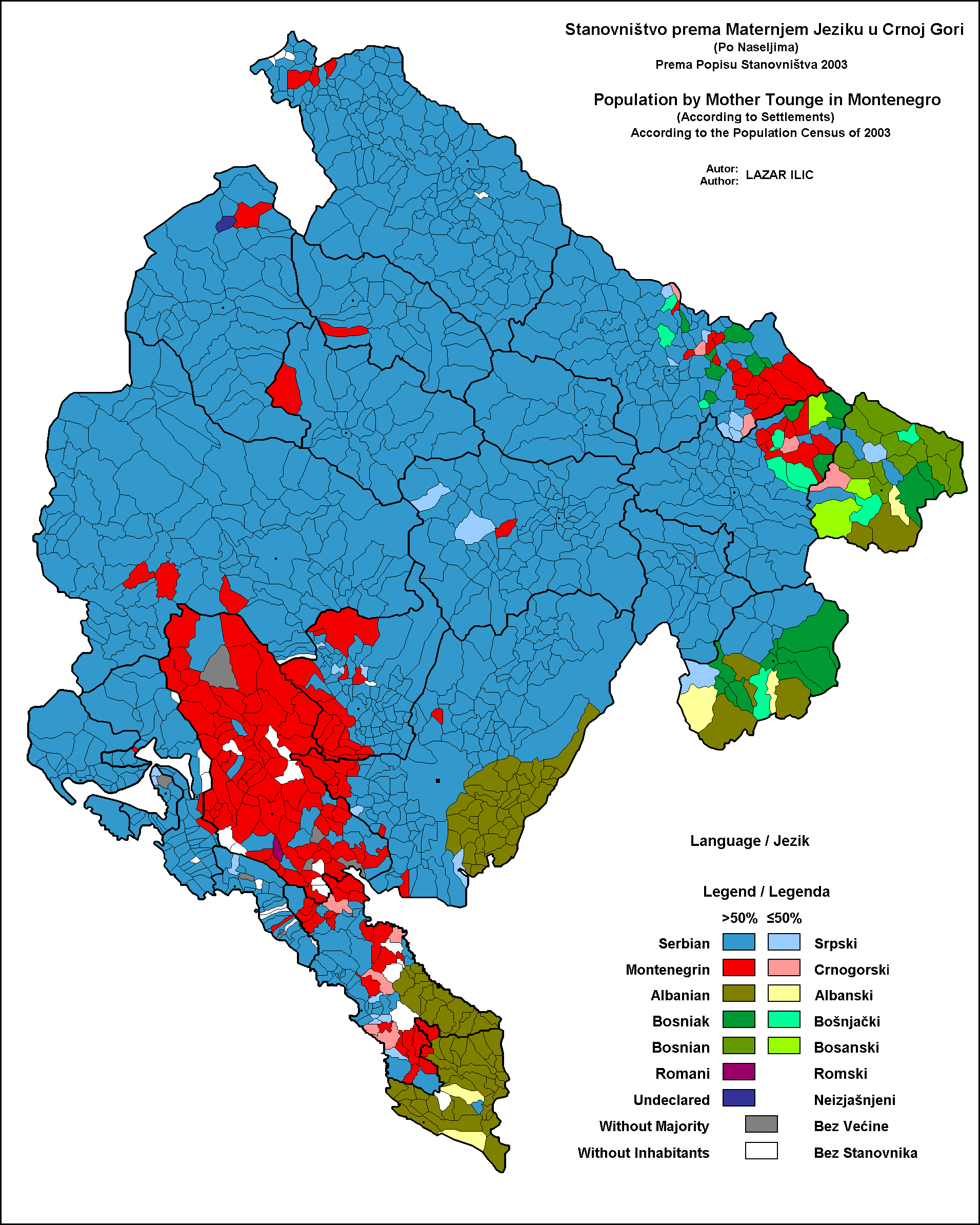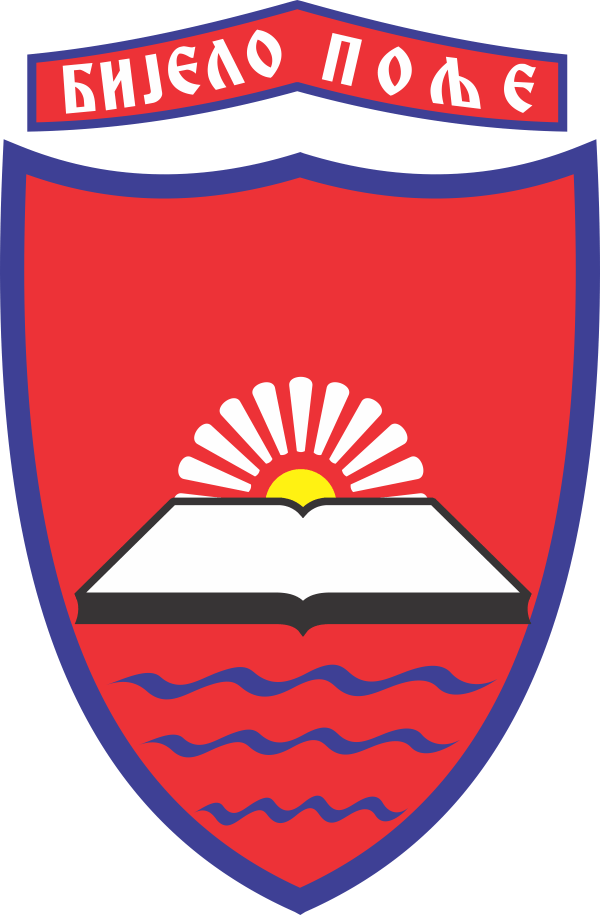|
ZIKS
Bureau for Execution of Criminal Sanctions ( Montenegrin: ''Zavod za izvršenje krivičnih sankcija'', abbreviated as ZIKS) is a Montenegrin governmental department administering the national prison system. Organisation ZIKS consists of 4 distinct organizational units, 3 of which make up the Spuž prison complex, northwest of central Podgorica. The Spuž complex was erected in the 1950s, replacing several smaller prisons within Podgorica city proper. ''ZIKS'' and ''Spuž prison'' are often used interchangeably. Remand prison Remand prison (''Istražni zatvor'') is a pre-trial detention prison, located within the ''Spuž prison complex''. It consists of a single three-floor building and a surrounding yard, encircled with a brick wall. It can house 370 suspects, of which 40 beds are within female ward. Usually, there are around 300 suspects awaiting trial at the prison at any time. Detention and rehabilitation centre Podgorica Detention and rehabilitation centre Podgorica (''K ... [...More Info...] [...Related Items...] OR: [Wikipedia] [Google] [Baidu] |
Ziks 1
Bureau for Execution of Criminal Sanctions ( Montenegrin: ''Zavod za izvršenje krivičnih sankcija'', abbreviated as ZIKS) is a Montenegrin governmental department administering the national prison system. Organisation ZIKS consists of 4 distinct organizational units, 3 of which make up the Spuž prison complex, northwest of central Podgorica. The Spuž complex was erected in the 1950s, replacing several smaller prisons within Podgorica city proper. ''ZIKS'' and ''Spuž prison'' are often used interchangeably. Remand prison Remand prison (''Istražni zatvor'') is a pre-trial detention prison, located within the ''Spuž prison complex''. It consists of a single three-floor building and a surrounding yard, encircled with a brick wall. It can house 370 suspects, of which 40 beds are within female ward. Usually, there are around 300 suspects awaiting trial at the prison at any time. Detention and rehabilitation centre Podgorica Detention and rehabilitation centre Podgorica (''K ... [...More Info...] [...Related Items...] OR: [Wikipedia] [Google] [Baidu] |
Spuž
Spuž ( cnr, Спуж) is a small town seated near Zeta river, within the municipality of Danilovgrad in the central Montenegrin region. Overview It is located halfway between Podgorica and Danilovgrad, in the Bjelopavlići valley. It was part of the Ottoman Empire between 1474 and 1878 and was kaza centre in Sanjak of Scutari before joining to Kingdom of Montenegro The Kingdom of Montenegro ( sr, Краљевина Црна Горa, Kraljevina Crna Gora) was a monarchy in southeastern Europe, present-day Montenegro, during the tumultuous period of time on the Balkan Peninsula leading up to and during World ... as "İşpozi". It is known as the location of the Spuž prison complex (''Zavod za izdržavanje kaznenih sankcija'' - ''ZIKS''), the largest facility of that kind in Montenegro. History In the 16th century, the population was composed of Serbs, Turks and Albanians. Albanians were noted to have their own mahalas (neighborhoods) within Spuž and Onogošt (Nikšić). ... [...More Info...] [...Related Items...] OR: [Wikipedia] [Google] [Baidu] |
Montenegro
) , image_map = Europe-Montenegro.svg , map_caption = , image_map2 = , capital = Podgorica , coordinates = , largest_city = capital , official_languages = Montenegrin , languages2_type = Languages in official use , languages2 = , ethnic_groups = , ethnic_groups_year = 2011 , religion = , religion_year = 2011 , demonym = Montenegrin , government_type = Unitary parliamentary republic , leader_title1 = President , leader_name1 = Milo Đukanović , leader_title2 = Prime Minister , leader_name2 = Dritan Abazović (acting) , leader_title3 = Speaker , leader_name3 = Danijela Đurović , legislature = Skupština , sovereignty_type = Establishment history , established_event1 = Principality of Duklja , established_date1 ... [...More Info...] [...Related Items...] OR: [Wikipedia] [Google] [Baidu] |
Montenegrin Language
Montenegrin ( ; cnr, label=none, / ) is a normative variety of the Serbo-Croatian language mainly used by Montenegrins and is the official language of Montenegro. Montenegrin is based on the most widespread dialect of Serbo-Croatian, Shtokavian, more specifically on Eastern Herzegovinian, which is also the basis of Standard Croatian, Serbian, and Bosnian. Montenegro's language has historically and traditionally been called either Serbian or Montenegrin. The idea of a standardized Montenegrin standard language separate from Serbian appeared in the 1990s during the breakup of Yugoslavia, through proponents of Montenegrin independence from the State Union of Serbia and Montenegro. Montenegrin became the official language of Montenegro with the ratification of a new constitution on 22 October 2007. Language standardization In January 2008, the government of Montenegro formed the Board (Council) for Standardization of the Montenegrin Language, which aims to standardize the ... [...More Info...] [...Related Items...] OR: [Wikipedia] [Google] [Baidu] |
Government Of Montenegro
The Government of Montenegro ( cnr, Vlada Crne Gore, Влада Црне Горе) is the executive branch of state authority in Montenegro. It is headed by the prime minister. It consists of the prime minister, the deputy prime ministers as well as the ministers. Dritan Abazović is the current Prime Minister of Montenegro and the Head of Government. The current members of the cabinet were elected on 28 April 2022, by the Parliament of Montenegro. Current ministries Each minister of each ministry reports to the Prime Minister. Ministries in the current 43nd composition of the Government of Montenegro (2022–present): * Ministry of Justice and Human and Minority Rights * Ministry of Public Administration, Digital Society and Media * Ministry of Foreign Affairs * Ministry of Interior Affairs * Ministry of Defense * Ministry of Education, Science, Culture and Sports * Ministry of Finance and Social Welfare * Ministry of Economy * Ministry of Capital Investments * Ministry ... [...More Info...] [...Related Items...] OR: [Wikipedia] [Google] [Baidu] |
Podgorica
Podgorica (Cyrillic script, Cyrillic: Подгорица, ; Literal translation, lit. 'under the hill') is the Capital city, capital and List of cities and towns in Montenegro, largest city of Montenegro. The city was formerly known as Titograd (Cyrillic script, Cyrillic: Титоград, ) between 1946 and 1992—in the period that Montenegro formed, as the Socialist Republic of Montenegro in honour of Marshal of Yugoslavia, Marshal Josip Broz Tito. The city was largely destroyed during the bombing of Podgorica in World War II and accordingly the city is now dominated by architecture from the following decades of communism. Further but less substantial damage was caused by the NATO bombing of Yugoslavia, 1999 bombing by NATO forces. The surrounding landscape is predominantly Mountain range, mountainous terrain. The city is just north of the Lake Skadar and close to coastal destinations on the Adriatic Sea. Historically, it was Podgorica's position at the confluence of the Ribn ... [...More Info...] [...Related Items...] OR: [Wikipedia] [Google] [Baidu] |
Remand (detention)
Remand, also known as pre-trial detention, preventive detention, or provisional detention, is the process of detaining a person until their trial after they have been arrested and charged with an offence. A person who is on remand is held in a prison or detention centre or held under house arrest. Varying terminology is used, but "remand" is generally used in common law jurisdictions and "preventive detention" elsewhere. However, in the United States, "remand" is rare except in official documents and "kept in custody until trial" is used in the media and even by judges and lawyers in addressing the public. Detention before charge is referred to as custody and continued detention after conviction is referred to as imprisonment. Because imprisonment without trial is contrary to the presumption of innocence, pretrial detention in liberal democracies is usually subject to safeguards and restrictions. Typically, a suspect will be remanded only if it is likely that he or she coul ... [...More Info...] [...Related Items...] OR: [Wikipedia] [Google] [Baidu] |
Lockdown
A lockdown is a restriction policy for people, community or a country to stay where they are, usually due to specific risks (such as COVID-19) that could possibly harm the people if they move and interact freely. The term is used for a prison protocol that usually prevents people, information or objects from leaving an area. The protocol can usually only be initiated by someone in a position of authority. A lockdown can also be used to protect people inside a facility or, for example, a computing system, from a threat or other external event. In buildings doors leading outside are usually locked so that no person may enter or exit. Types Procedures for using both emergency and preventive lockdowns must be planned.Why Schools Need 2 Types of Lockdowns campussafetymagazin ... [...More Info...] [...Related Items...] OR: [Wikipedia] [Google] [Baidu] |
Solitary Confinement
Solitary confinement is a form of imprisonment in which the inmate lives in a single cell with little or no meaningful contact with other people. A prison may enforce stricter measures to control contraband on a solitary prisoner and use additional security equipment in comparison to the general population. Solitary confinement is a punitive tool within the prison system to discipline or separate disruptive prison inmates who are security risks to other inmates, the prison staff, or the prison itself. However, solitary confinement is also used to protect inmates whose safety is threatened by other inmates by separating them from the general population. In a 2017 review, "a robust scientific literature has established the negative psychological effects of solitary confinement", leading to "an emerging consensus among correctional as well as professional, mental health, legal, and human rights organizations to drastically limit the use of solitary confinement." The United Nations ... [...More Info...] [...Related Items...] OR: [Wikipedia] [Google] [Baidu] |
Bijelo Polje
Bijelo Polje ( cnr, Бијело Поље, ) is a town in northeastern Montenegro on the Lim (river), Lim River. It has an urban population of 15,400 (2011 census). It is the administrative, economic, cultural and educational centre of northern Montenegro. Bijelo Polje is the center of Bijelo Polje Municipality (population of 46,051). It is the unofficial center of the north-eastern region of Montenegro. Bijelo Polje means 'white field' in Serbo-Croatian language, Serbo-Croatian. History Bijelo Polje's Saint Peter and Paul Church is the place where the UNESCO Miroslav's Gospel of Miroslav of Hum, Miroslav, brother of Serbian ruler Stefan Nemanja was written. During World War II, Bijelo Pole was a prominent location for the anti-fascist resistance movement in Yugoslavia, Montenegro in particular. Population Bijelo Polje is the administrative centre of the Bijelo Polje municipality, which in 2011 had a population of 46,251. The town of Bijelo Polje itself has 15,400 citizens. P ... [...More Info...] [...Related Items...] OR: [Wikipedia] [Google] [Baidu] |



.png)




